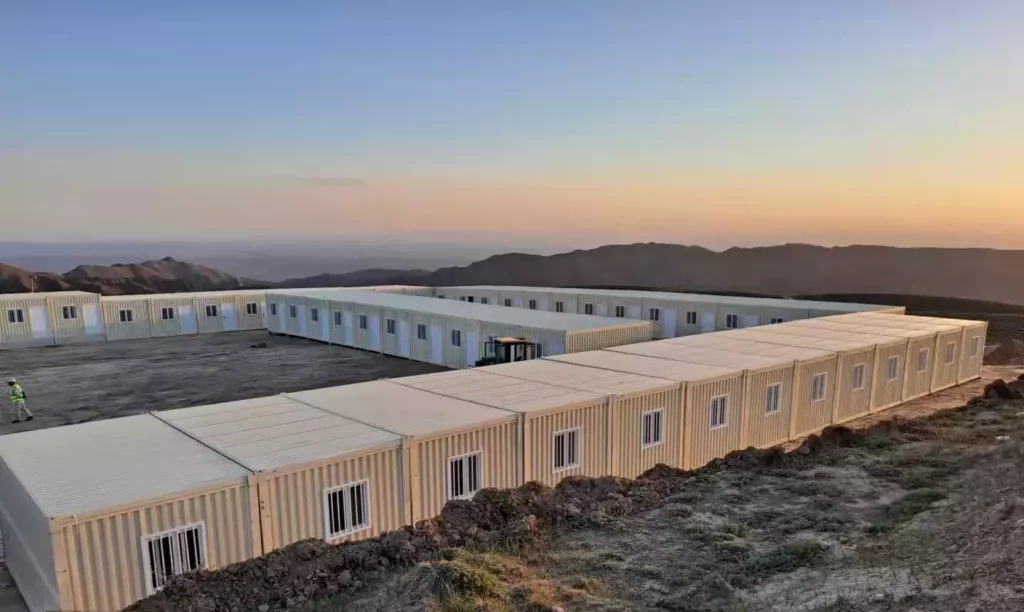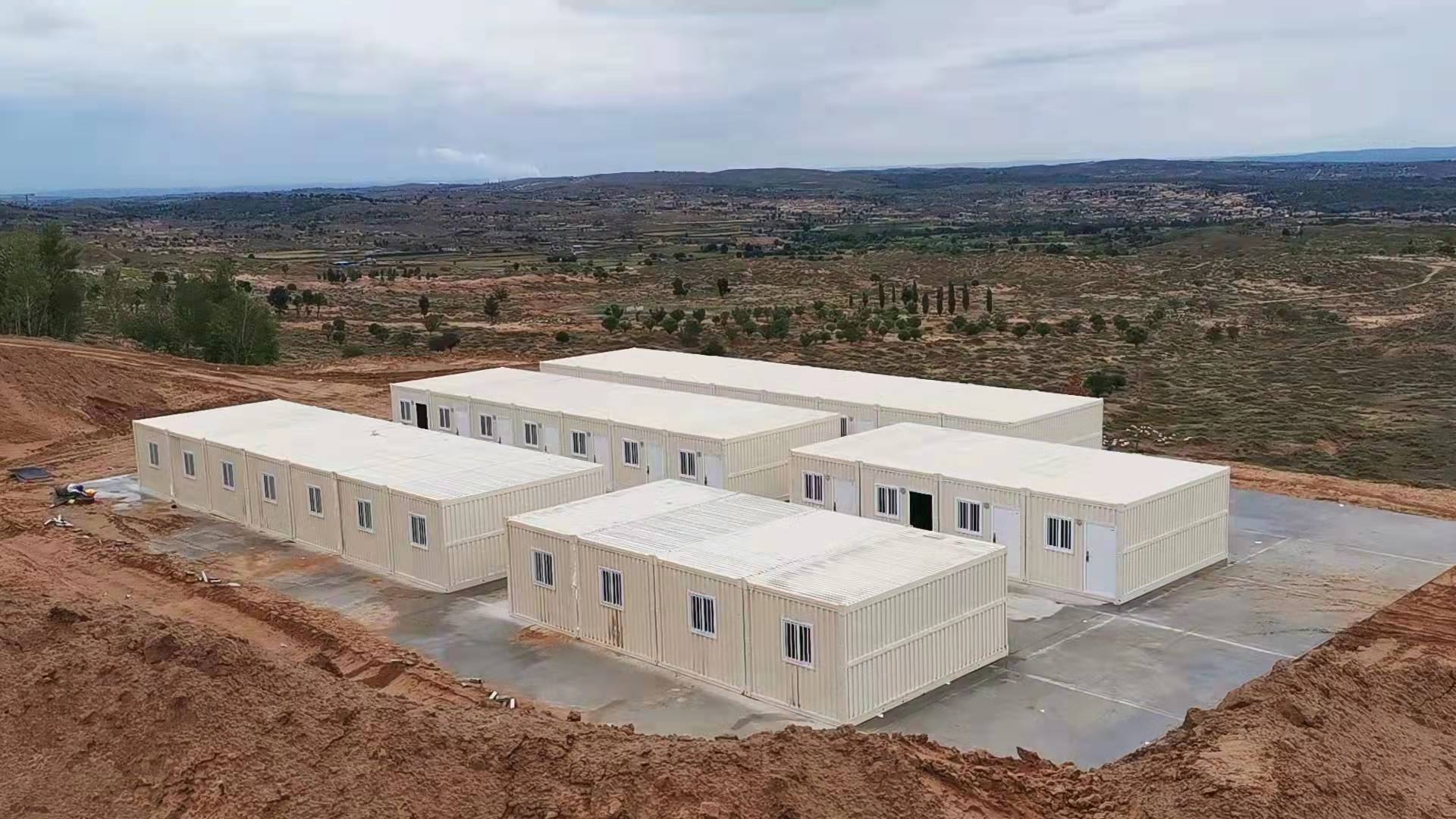Stackable prefab homes have emerged as a groundbreaking solution in the quest for sustainable and efficient housing. These innovative dwellings are changing the way we think about housing design and construction by revolutionizing traditional building methods.

Modular structures known as stackable prefab house are engineered for straightforward assembly and disassembly. Crafted off-site within a controlled setting, they incorporate sustainable materials. These modular units are subsequently transported to the construction site and assembled to fashion multi-story buildings. This construction approach boasts numerous advantages over conventional housing:
Rapid Construction:
Stackable prefab homes significantly reduce construction time. With standardized modules, assembly becomes faster and more efficient, allowing for quicker occupancy.
Cost-Efficiency:
Prefabrication minimizes waste and labor costs. This translates to more affordable housing options, making homeownership more accessible to a broader demographic.
Design Flexibility:
Prefab homes come in various sizes and configurations, offering a wide range of design possibilities. Moreover, customization options allow homeowners to tailor their spaces to their unique needs. This flexibility in design and layout is a key advantage of stackable prefab homes, enabling individuals to create living spaces that truly reflect their lifestyle and preferences.
Sustainability:
Using sustainable materials and efficient construction processes, stackable prefab homes have a smaller environmental footprint compared to traditional construction methods. They promote energy efficiency and waste reduction.
Quality Control:
Manufacturing modules in a controlled factory environment ensures a higher level of quality and precision in construction, reducing the likelihood of defects.
Adaptability:
Stackable prefab homes offer a high level of adaptability that surpasses what traditional homes can achieve because homeowners can easily expand or reduce them by adding or removing modules.
Community Building:
These homes can foster community living by stacking units in close proximity, promoting social interaction and reducing urban sprawl.

The environmental benefits of prefab homes cannot be overstated. Furthermore, their reduced construction waste, energy-efficient design, and use of sustainable materials align with the principles of green building. This approach not only contributes to a lower carbon footprint but also can help combat climate change.
In addition to their immediate advantages, prefab homes may revolutionize urban planning and housing development. They offer a scalable solution for addressing housing shortages in densely populated areas. Their adaptability means they can meet changing housing needs without extensive demolition and reconstruction.
Looking ahead, in the context of sustainable living, stackable prefab homes stand ready to assume a crucial role. Their combination of efficiency, affordability, and environmental awareness presents a promising solution to the challenges posed by modern urbanization. By embracing stackable prefab homes, we can craft housing options that are more sustainable, cost-effective, and adaptable for communities worldwide.
